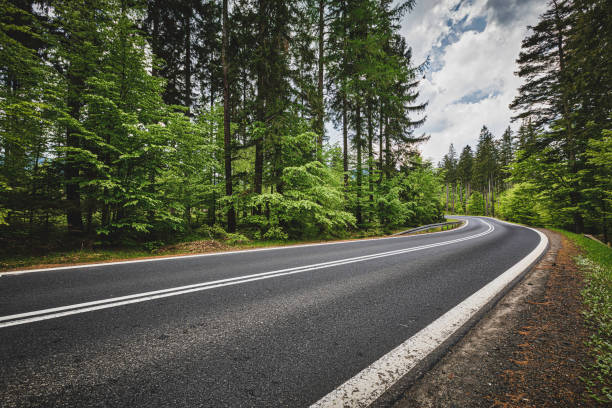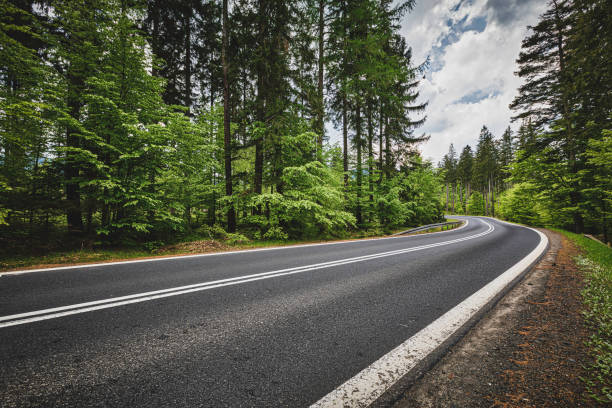
By James Khangenbam Imphal 7 March
The road at our localities became higher every time it gets repaired. The durability of it depends on the quality of construction. How high is determined by a comparative height level study with the floor level of the roadside residence which remains constant.
Roads and highway
Road repairing in an assembly constituency has become the benchmark of a dutiful local MLA. While the celebration continues for a decade or two, a situation arises when an elderly man started claiming that the ground level of his house was the highest at one point of time.
I am still curious as to what he will say in the next decade. By then he might not like the rainy season.
As an outcome a suppressed social economy in constructing public infrastructure is becoming an accepted trend. How this menace could be controlled. Who should be held responsible? What corrective measures should be taken? When do we initiate?
Digging out the damaged road before repairing remains the simplest corrective measure. Else the overlapping road layers appear like a compound interest of a huge debt for the residents in the vicinity. As we know road generally is an accepted reference for a standard ground level of a residential area. When it is unregulated a manifested chaos might take place which has already become a phenomenon in Manipur.
In today’s time whenever an individual plans to build a new house he considers to keep a higher floor level with reference to their neighbor. The fear psychosis indicates the absence of public regulation leaving individuals to take up the task of preventing water logging or manmade flood at their individual space from time to time.
Everybody starts assuming that the road will become higher in due course of time. Forget about the residence, even the culvert at the end of the road is kept so high by the contractor assuming it will get levelled with the road level in the years to come. We are in a situation where the public property like road is becoming a threat to private residents.
The idea of a welfare state holds different
The idea of a welfare state holds different. Perhaps a guideline on maintaining the road level is becoming a must.
On the road durability issue, it always stood firm when the drainage on either side holds strong like a crutch. It is more relevant in Manipur with high annual rainfall. But the alluvial soil type in the region and garbage pile ups lead to frequent water logging of roads. Encroaching of land by residents in due cause of time has also make the drains quite narrow.
The drainage system thus remains not fully efficient and water overflows even at a scanty rainfall. When the road remains under water for a huge number of days the outcome is a broken road in just a season or two. Lack of civic sense among the public and irresponsibility from the authority in maintaining proper drainage seem to go hand in hand.
The continuous effort of repairing and breaking is becoming a rhythmic cycle keeping everyone busy at a different time. Hooked in a musical chair of halt and continue over and over again at the cost of both public and private money. Wondering if the phenomenon was different during the time when road construction was absent in Manipur. Roads and wheel can take us to a different level than the indifferent level.
In a positive development the government of Manipur had announced that concreate roads will be constructed in the municipality area which is a welcome approach. The government also claimed that it will save a lot of public money as it will help do away the periodic repairing of black toppings in the present context.




